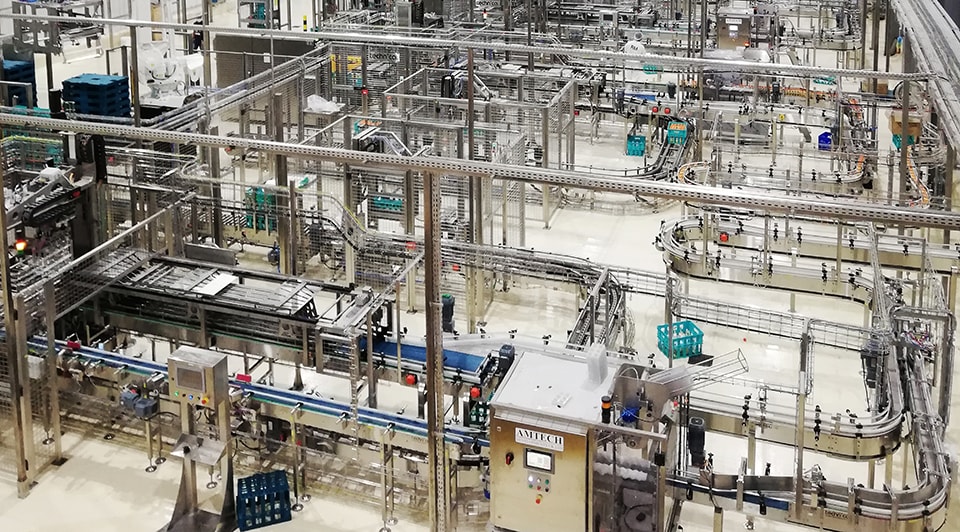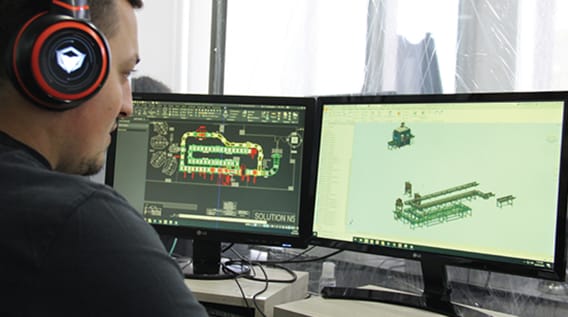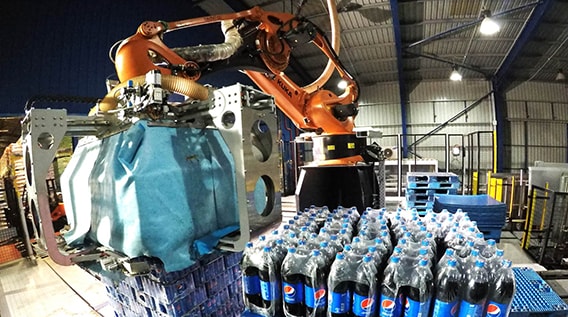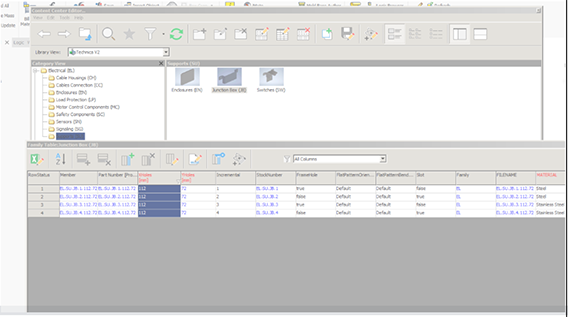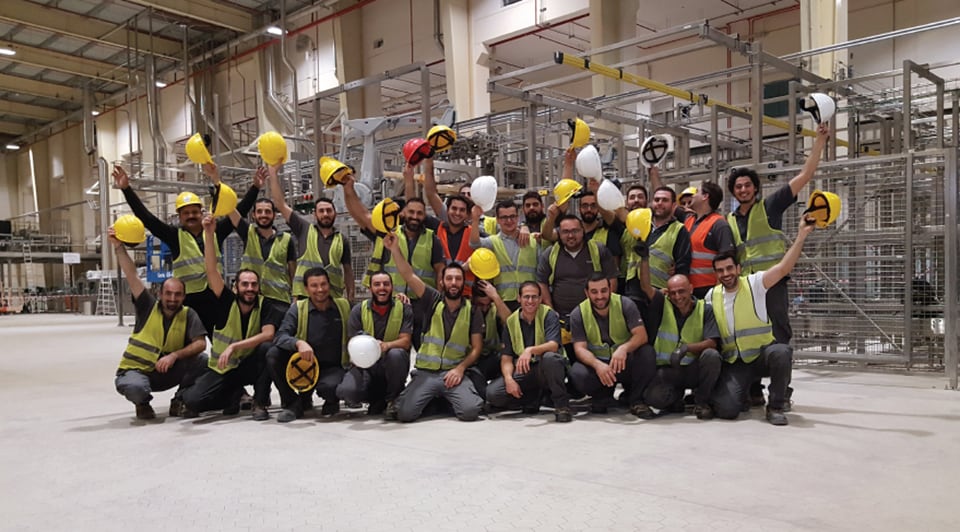Starting with new solutions
Technica International’s transformation began early in 2020 when the company acquired a wide range of solutions from Autodesk, including the Product Design & Manufacturing Collection. After several months of experience, the company is starting to realize the return on its investment.
“We chose Autodesk because it is a very well-known and trusted brand,” Hani says. “When we looked at the Product Design & Manufacturing Collection, we realized it could connect all of our processes. It covered all our needs and everything was already integrated. We didn’t have to do anything to bring in AutoCAD Electrical, for example, because it was already integrated with Inventor. Everything has been easy to implement and very user-friendly.”
Ultimately, Technica International went with Autodesk over other compelling competitive offerings because of the complete package that they were receiving. “The service and support with Autodesk is great,” Hani says. “We didn’t realize that right away. But if you send a request or a claim ticket, you get a response within 24 hours. We like it very much.”
